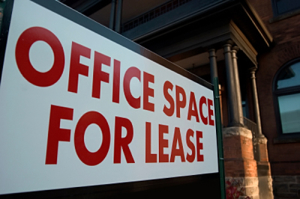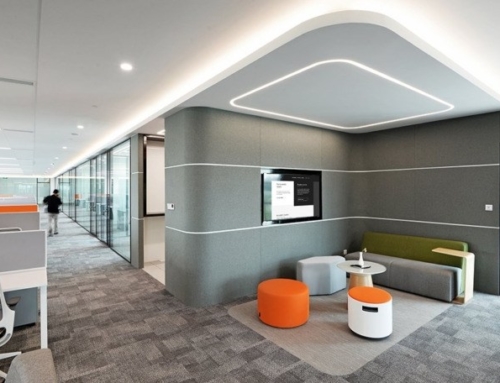John Scatoloni of Encon Commercial Real Estate service recently recommended the 80-20 Rule for Tenant Improvements. Learn how this approach can help you avoid costly buildouts and the TI allowance traps far too common in office space leases.
 Tenant improvement allowance is an often overlooked part of leasing an office space. If a build-out is needed for the space to suit your specific needs, your starting lease rate will be higher.
Tenant improvement allowance is an often overlooked part of leasing an office space. If a build-out is needed for the space to suit your specific needs, your starting lease rate will be higher.
Since most annual rate increases start at your base rate (which is higher with a TI allowance), someone leasing an office space is looking at a staggering 15 to 20% higher lease commitment through the term of their lease.
This is called a TI allowance trap. Your lease amount creeps up annually with every subsequent need for renovations or improvements. And it’s rising from an already inflated base lease amount if you’re requesting a bunch of improvements, additions, or alterations before you even move in.
John Scatoloni of Encon Commercial Real Estate service recently proposed one way to avoid costly build-outs and delays – “The 80/20 Rule of Tenant Improvements – From the Desk of John Scatoloni.”
John defers to the always reliable Pareto Principle – more commonly known as the 80-20 rule. It’s the “law of the vital few and the principle of factor sparsity” stating that roughly 80% of the effect comes from 20% of the cause in most events. More or less, the results of most situations are determined by a small number of causes.
How Does This Apply to Looking for an Office Space?
There are several ways the 80/20 rule can be applied when assessing potential office space.
First, try to find a space that meets up to 80% of your layout specifications as it presently is. Build-outs can get expensive. Each customization a tenant wants is more money spent and less negotiating leverage. Any deal struck with a landlord will be designed so they see a return for customizing the space to your needs. They make out. Not you.
When walking through a property, ask yourself if this space will require no more than 20% in upgrades to accommodate you. Pass on the space if it needs more than just standard improvements.
For instance, if you’re looking for an open floorplan, it makes no sense to choose a space where walls need to be knocked down. Instead of gutting a space, it will be cheaper to find a former cubicle farm space, remove those partitions, and be closer to the open floor plan you want.
Now, after you’ve walked through your share of properties with this mindset, focus only on the 20% of properties you viewed that best met your specifications. A space where your ideal layout can be achieved with just a few standard improvements that won’t get you caught in a tenant improvement allowance trap. This gives you the leveraging power to negotiate a turnkey approach with the landlord where they cover that 20% in upgrades you need.
While it seems pretty straightforward, all of this is shockingly overlooked by tenants fixated instead on a building’s location, look/image, or its amenities. Tenants want what they want – even if it means they have to knock down existing walls and pay out the wazoo to sculpt a space to their liking.





